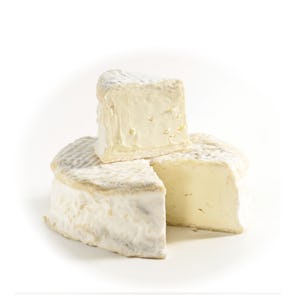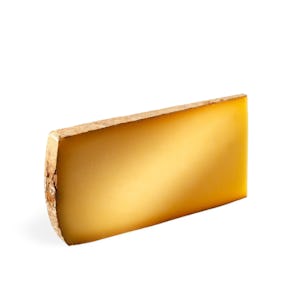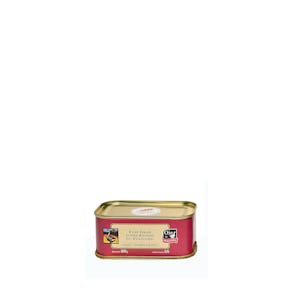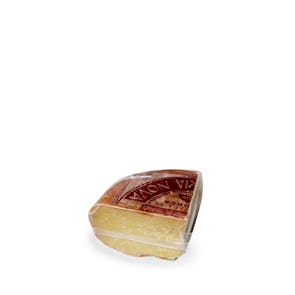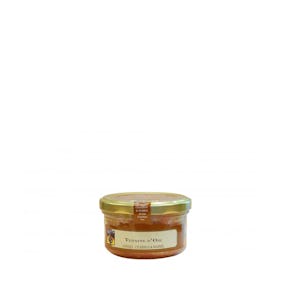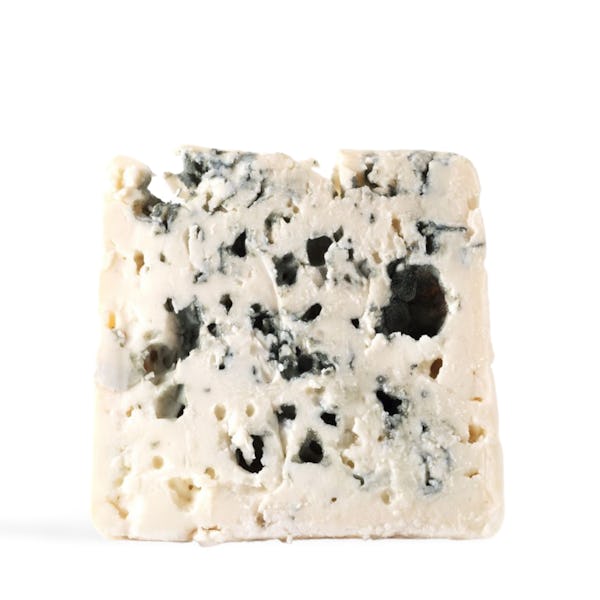
Roquefort AOP Cheese
An Emperor’s favorite
TASTING NOTES FROM THE CURATOR
Reported to a favorite cheese of Emperor Charlemagne, the Roquefort is often referred to as the “cheese of kings and popes.” This sheep’s milk cheese is white and moist, with very distinct veins of green-bluish mold. To be considered real Roquefort, it must be aged in the Combalou caves in Roquefort-sur-Soulzon for around four to five months.
One of the oldest and greatest cheeses, it has a crumbly but creamy texture, easily breaking into pieces. Its aroma is pungent, and its flavor is a little acidic and tangy. But its taste is mostly mild, with a rich creaminess, and salty hints.
PREPARATION AND PAIRINGS
The Roquefort is great to use as ingredient in dips, dressings, and sauces. You can also melt it straight onto steaks, or crumble it up and sprinkle over pasta, pizza, and salads. It’s also often used as a filling for pies and quiches. It’s also wonderful to eat on its own, of course. Pair it with figs, nuts, dried fruit, pears, and bread. Enjoy with a Bordeaux red wine.
ON A WHIM
Many cheese legends involve accidents, and this is no different with the Roquefort. According to the story, a young shepherd had been eating his lunch, which consisted of bread and sheep milk cheese, when he saw a beautiful girl in the distance. He abandoned his lunch by a cave, and followed her. He returned after a good time had passed, only to find his food covered with blue mold. He shrugged it off, and braved taking a bite, finding the cheese to be surprisingly delicious. And thus, the Roquefort was born.
Storage Instructions
Cheeses (except brined ones in jars) should be stored in the crisper or the butter drawer of a refrigerator, not on the shelves themselves. This is to help regulate their temperature and humidity levels—and prevents the formation of mold. Once opened, they should not be kept in their original packaging. Semi-hard cheeses (including blues) should ideally be wrapped in cheese paper after opening. An alternative is to wrap them tightly in parchment paper to allow them to breathe, then loosely in aluminum foil to keep moisture out. Don’t forget to write up a label with the date you first opened the package. Replace the parchment paper every time you open the cheese. Kindly pay attention to the best before date label when you receive your cheese. Consume prior to date indicated.

